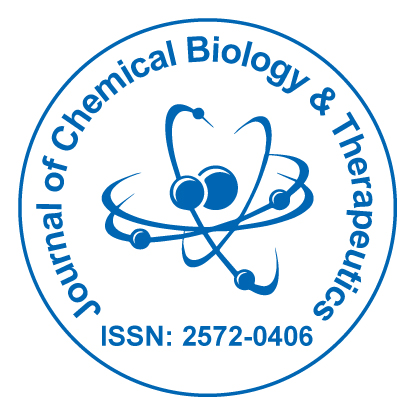Mitigative Effects of Koenidine in Reducing the Toxicity Induced by Heavy Metal Lead in Human Neuroblastoma Cells
Received Date: Nov 11, 2016 / Accepted Date: Nov 21, 2016 / Published Date: Nov 29, 2016
Abstract
Lead is a heavy metal been widely used in the manufacturing of glass, pigments, makeup, pipes, wine, cooking, electronic components and batteries. It is a multimedia environmental pollutant, and its exposure via different routes is found to affect metabolic functions. Primarily Lead (Pb) plays an important role in inducing oxidative stress one of the important pathologies and can affect the functioning of antioxidant defense system. The cell growth and proliferation is severely affected with the exposure of lead in designated quantities. There is no specific therapy available to treat the toxicity being generated by Pb and the efforts are on to find suitable natural biologically active components that can effectively combat the toxicity. Koenidine (KND) one of the active ingredients from the plant Murraya koenigii was considered to test its efficacy in mitigating the toxicity elicited by Pb. Human SH-SY5Y neuroblastoma cells were exposed to different concentrations (0.01-10 μM) of Pb for 48 h and the cell viability was determined. The IC50 was observed at 5 μM and this particular concentration used for further investigations. The cells were also pre-treated with KND with a range of concentration from 0-100 μM for 48 h, no change in the cell viability was observed. KND was treated (50 μM) to the cells to verify its protective effects against the pre-treatment of Pb at a concentration of 5 μM 48 h, resulted in the significant increase in the cell viability at least by 29.4% from 12.1% when compared with Pb alone treated group. Intracellular glutathione, caspase-3 and prostaglandin E2 levels were quantified to find the protective effects of koenidine. Some significant results (but less than 18%) were observed in decreasing the oxidative stress, combating apoptosis and lessening the inflammation. This clearly indicates that koenidine can be effectively used to mitigate the toxicity provoked by Pb indicating the nature of koenidine as an effective antioxidant, anti-apoptotic, and anti-inflammatory agent.
Keywords: Lead; Koenidine ; Neuroblastoma cells; Glutathione; Caspase-3; Prostaglandin E2
Citation: Suresh C, Dixit PK (2016) Mitigative Effects of Koenidine in Reducing the Toxicity Induced by Heavy Metal Lead in Human Neuroblastoma Cells. J Chem Biol Ther 1: 113. Doi: 10.4172/2572-0406.1000113
Copyright: © 2016 Suresh C, et al. This is an open-access article distributed under the terms of the Creative Commons Attribution License, which permits unrestricted use, distribution, and reproduction in any medium, provided the original author and source are credited.
